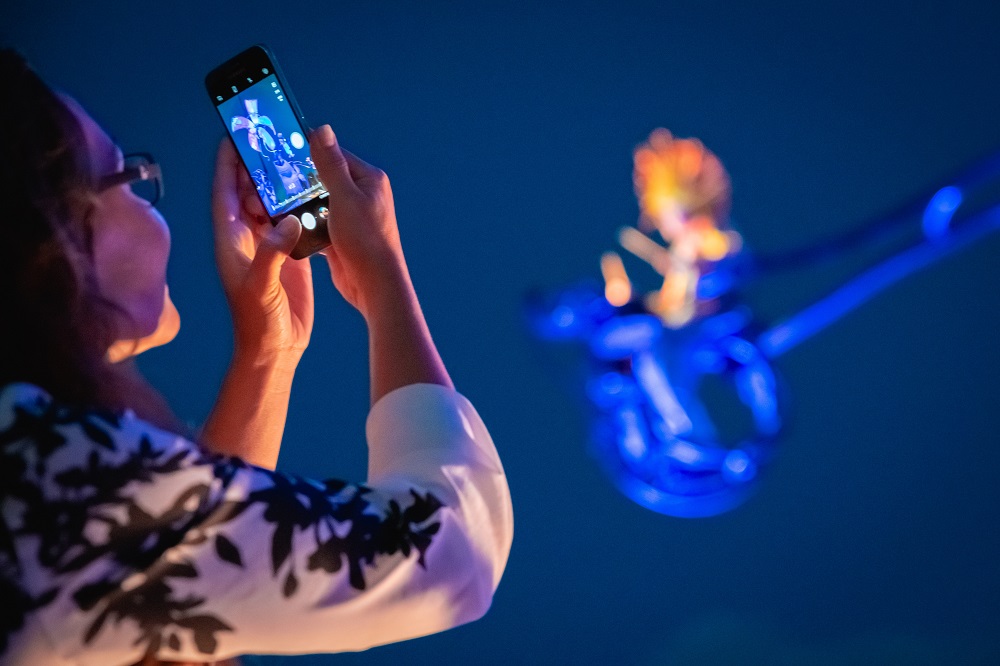Brain structure differences associated with smartphone addiction

Smartphones are our everyday travel companion. Be it for work, in our leisure time or to connect with family and friends they accompany us. However, for some this utility turns into a need. A need such that it could even be called addiction. New research from Heildelberg University has shown 1 that smartphone addiction is also correlated to differences in brain structure.
The research involved 48 adults, with ages between 18 and 30 years old, right-handed and no history of previous neurological disease, mental and/or health problems. All participants were asked to complete the Smartphone Addiction Scale, a test developed in 2015 to assess addiction to this technology. The results of the test produced a group of 22 “addicts” and 26 “normal” people, who were subjected to an MRI scan in the search for structural brain differences in the brain.
MRI scans showed differences in grey matter content in several brain areas, including the temporal cortex and the insula. The former is related to auditory signals and speech, while the latter is related to self-awareness, pain perception, and specially, addiction.
Further, the study found reduced activity in the anterior cingulate cortex, a region implicated in multiple behaviours and cognitive processes, in those with extreme smartphone use.
An important point to make are that, from the data alone, we cannot know what came first: the difference in brain structure or the addiction. In a game of chicken or egg, we simply cannot tell whether the brain changes are due to the smartphone addiction or the other way around.
Another point is what is a “smartphone addiction” and how to define it, since smartphone use is so extended and the time people are at the phones, on average, is far longer than ideal. For instance, some smartphone use statistics point to an average use of almost 3 hours a day, with 22% of people checking them every so often, and more than 50% checking them many times an hour. Scary?
I’d think so, and as more and more studies point to them having an effect on our brain and behaviour, it might be time to rethink our smartphone use, even in times like these, where we are locked down at home with a lot of time in our hands. Better grab that book on your shelf and put your mobile on flight mode for a few hours. Surely your brain will thank you for it.
References
- Juliane Horvath et al (2020) Structural and functional correlates of smartphone addiction Addictive Behaviours doi: 10.1016/j.addbeh.2020.106334 ↩
1 comment
[…] Garuna aldatzen al du telefono mugikorraren erabilerak? Horixe, baietz. Marrazten edo irakurtzen ikasteak bezala. Erabilera adikzio bihurtzen denean zelan aldatzen den da gakoa. Rosa García-Verdugoren Brain structure differences associated with smartphone addiction […]